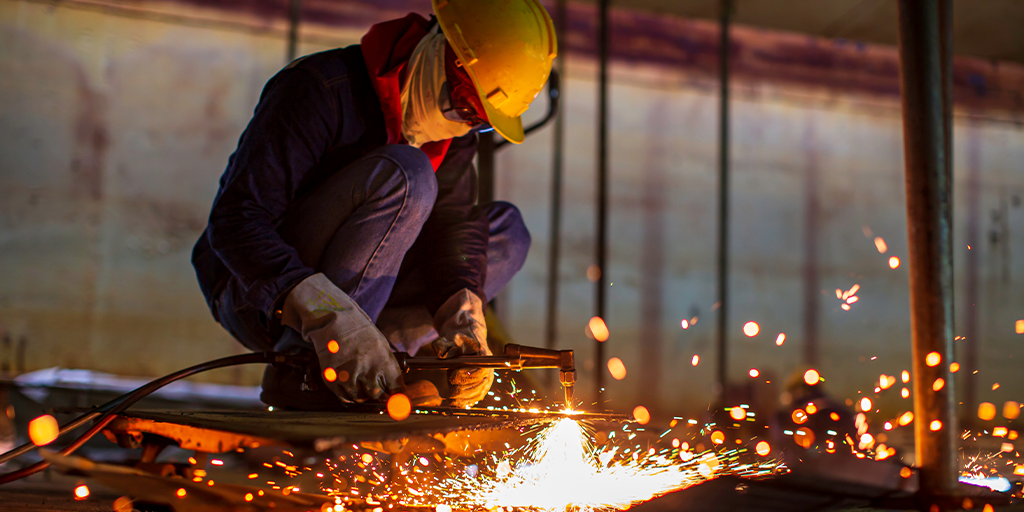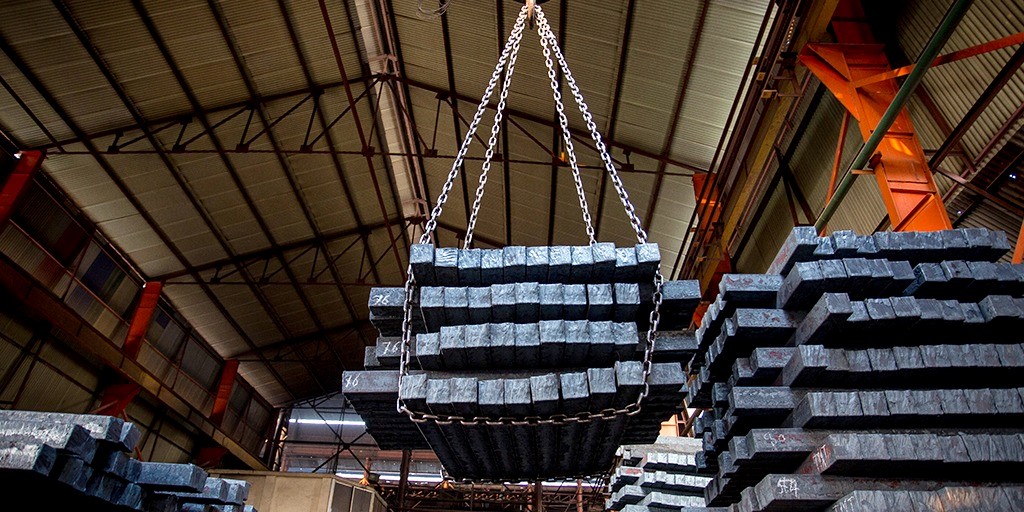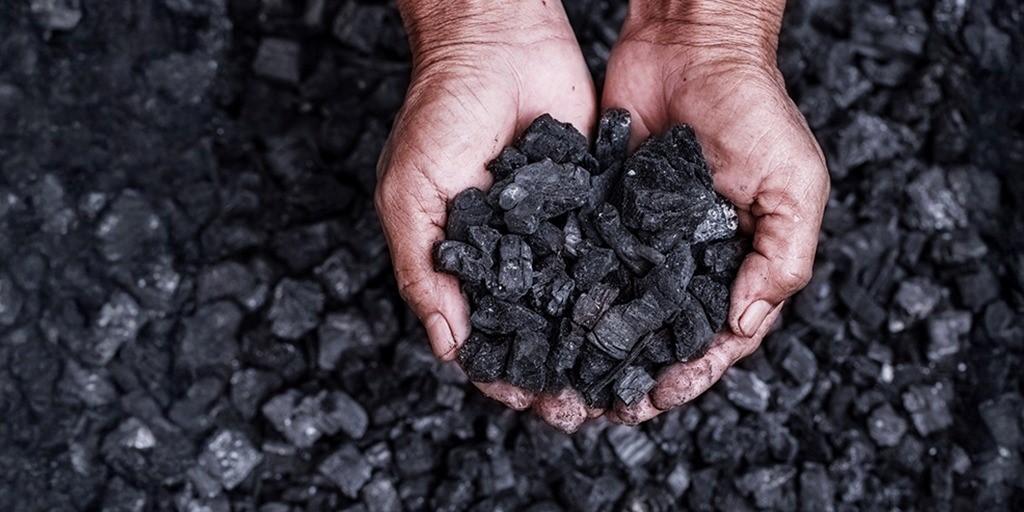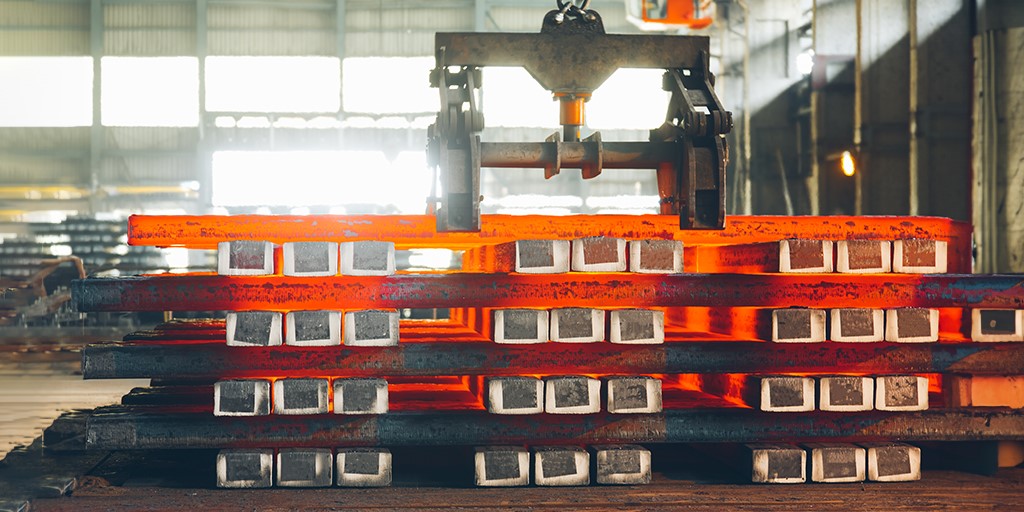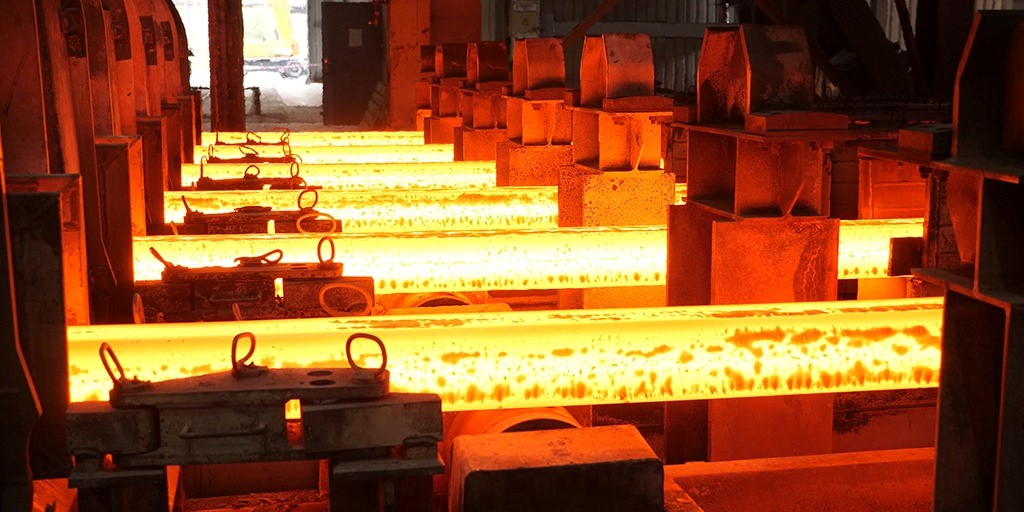
Economies of steel: Factors that affect the supply & demand
Steel has a historically dominant position in industry usage due to its vast applicability. In addition to steel’s use as a raw material and intermediate product, consumption and production of steel are widely regarded as indicators of economic progress. It would not be an overstatement to say that the steel industry has always been at the forefront of industrial development and forms the backbone of any economy. As the steel industry over 6 million people across the globe and thousands of businesses and jobs rely on the steel industry. A slight bump or boom in the steel sector has a rippling effect on the industry. But have you wondered what affects the steel demand?
Here are the four factors that influence the demand for steel significantly:
Production cost:
Raw material costs account for a large proportion of the total cost of steel production. Steel is made from a variety of materials, including iron ore, coal, and limestone. The price of raw materials can fluctuate based on supply and demand, which can significantly affect steel demand. The global steel industry uses about 2 billion metric tonnes of steel iron ore in crude steel production. So, changes in the price of iron have a significant impact on steel production. Along with the raw material costs, factors like the type of steel being produced and the size and scale of the operations also influence the steel demand.
International trade dynamics:
The steel industry is highly global, as steel trade between countries is regular. Several factors affect the demand for steel production in different parts of the world. When trade barriers are curtailed between countries, it strengthens trade volume and typically results in lower steel prices. This development can impact the steel industry positively by increasing demand. But in the case of a hike in prices, the effect can be the opposite, leading to reduced demand for steel.
Government Regulations:
Government regulations have a major influence on how steel is produced and traded. They can have a positive or negative impact on the steel industry, depending on the specific regulations. In some cases, the regulation is favourable, which helps promote a level playing field for domestic steel producers.
The forecast for steel demand suggests that it will continue to grow over the next few years. By 2026, the global industry is expected to reach a production level of 2.2 billion metric tonnes. Several factors, like increasing demand for steel products in emerging markets, technologies that make steel production efficient, are driving this growth in the steel industry.




